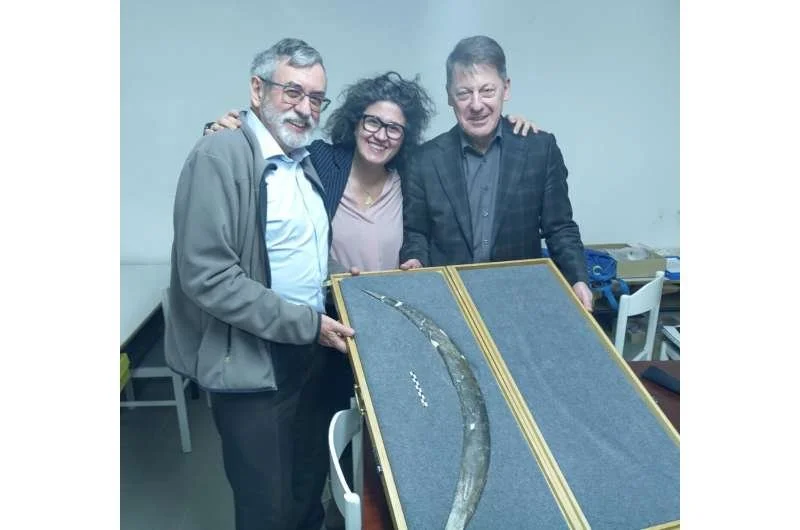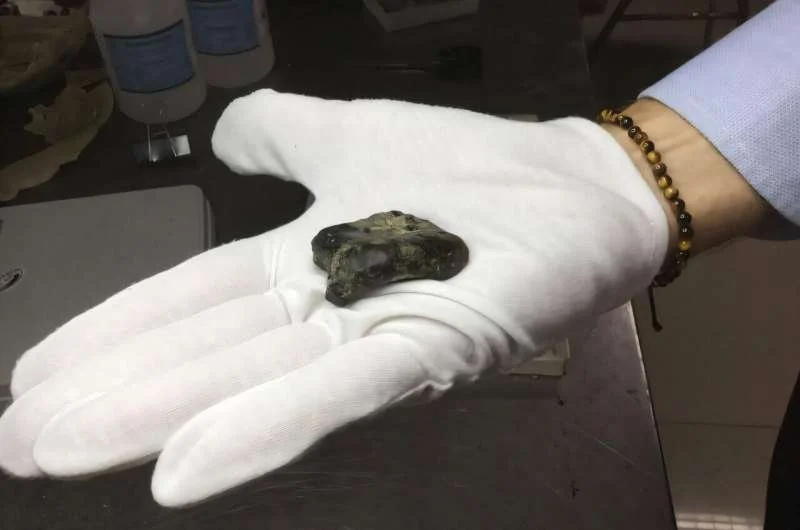The Greek myth of Persephone and Demeter is one of the most well-known stories in ancient mythology, offering a symbolic explanation for the changing seasons while also reflecting deeper themes of life, death, and rebirth. This myth played a significant role in Greek religious traditions and had a lasting cultural impact.
The Myth of Persephone and Demeter
According to Greek mythology, Persephone, the daughter of Demeter, the goddess of agriculture and fertility, was abducted by Hades, the god of the underworld. While she was gathering flowers in a meadow, the earth suddenly opened, and Hades emerged, seizing her and taking her to his dark realm. Devastated by the loss of her daughter, Demeter wandered the earth in sorrow, neglecting her duties and causing crops to wither, leading to famine and suffering.
Desperate to restore balance, the gods intervened, and Zeus ordered Hades to return Persephone to her mother. However, before leaving the underworld, Persephone was tricked into eating a few pomegranate seeds—a binding act that ensured she would have to return to Hades for part of each year. As a compromise, it was decided that Persephone would spend part of the year with her mother on Earth and the remaining months in the underworld as Hades' queen.
Symbolism in the Myth
The myth of Persephone and Demeter is deeply symbolic, reflecting natural cycles and human emotions:
The Changing Seasons: Persephone’s time in the underworld corresponds with autumn and winter when the earth becomes barren, symbolizing Demeter’s grief. Her return to the surface brings spring and summer, representing renewal and fertility.
Life, Death, and Rebirth: The myth embodies the cycle of life, with Persephone’s descent into the underworld signifying death and her return symbolizing rebirth and regeneration.
Mother-Daughter Bond: The sorrow of Demeter illustrates the depth of maternal love and loss, a theme relatable across cultures and time periods.
Cultural Significance
This myth was central to the Eleusinian Mysteries, one of the most important religious rites in ancient Greece. These secretive ceremonies, held in honor of Demeter and Persephone, promised initiates insights into the afterlife and the promise of spiritual renewal. The story also influenced various artistic and literary works throughout history, emphasizing themes of transformation and hope.
Conclusion
The myth of Persephone and Demeter remains one of the most profound tales in Greek mythology, intertwining themes of nature, loss, and renewal. Beyond its role in explaining the seasons, it serves as a powerful narrative about the cycles of existence and the enduring bond between mother and child. Its legacy continues to be explored in literature, art, and modern interpretations of mythology.







